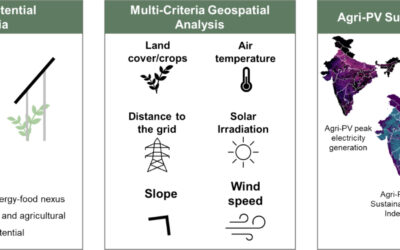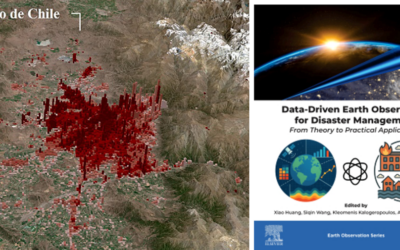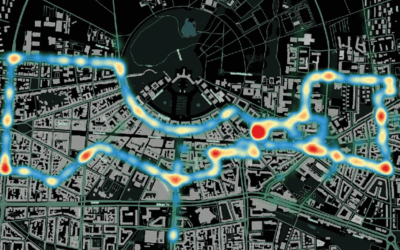A new publication recently appeared by Forestry opens some new outlook in leveraging airborne LiDAR derivatives for monitoring the vertical structure of temperate mixed forest stands. Led by Dr. Hooman Latifi from University of Würzburg, the study focuses on associating aerially-mapped habitat characteristics with 3D metrics extracted from fullwave LiDAR data to model canopy density across multiple stand stories.Whereas the
majority of methods applied so far typically concentrate on the structure of the overstorey, the main focus here is on the understorey layers of stands, which are of particular importance for wildlife and forest management applications, especially in protected areas.
LiDAR metrics and information on forest habitat types were combined via regression models to investigate LiDAR metrics that are significantly correlated with vegetation density. The top canopy and the herbal layer showed strong correlations with the applied LiDAR metrics. Moreover, the results suggest that the relationship between LiDAR predictors and vegetation density depends on the forest type. In conclusion, this study highlights the value of the LiDAR metrics for characterizing the structural properties of lower forest layers, with direct and indorect implications for wildlife and forest management.
The published version of this article can be retrieved through the following link.









